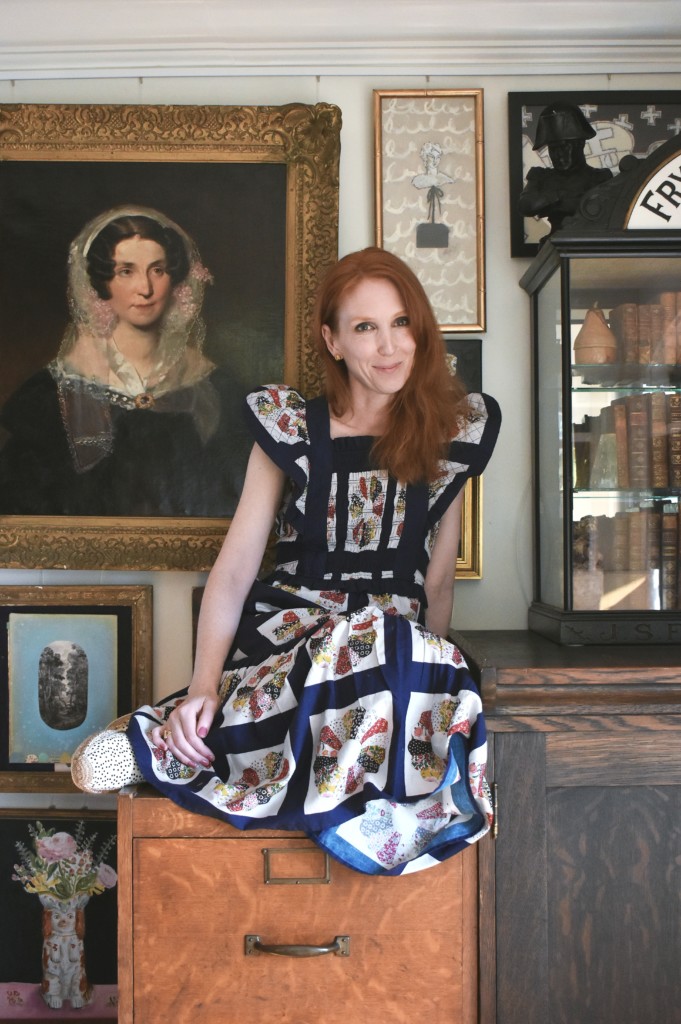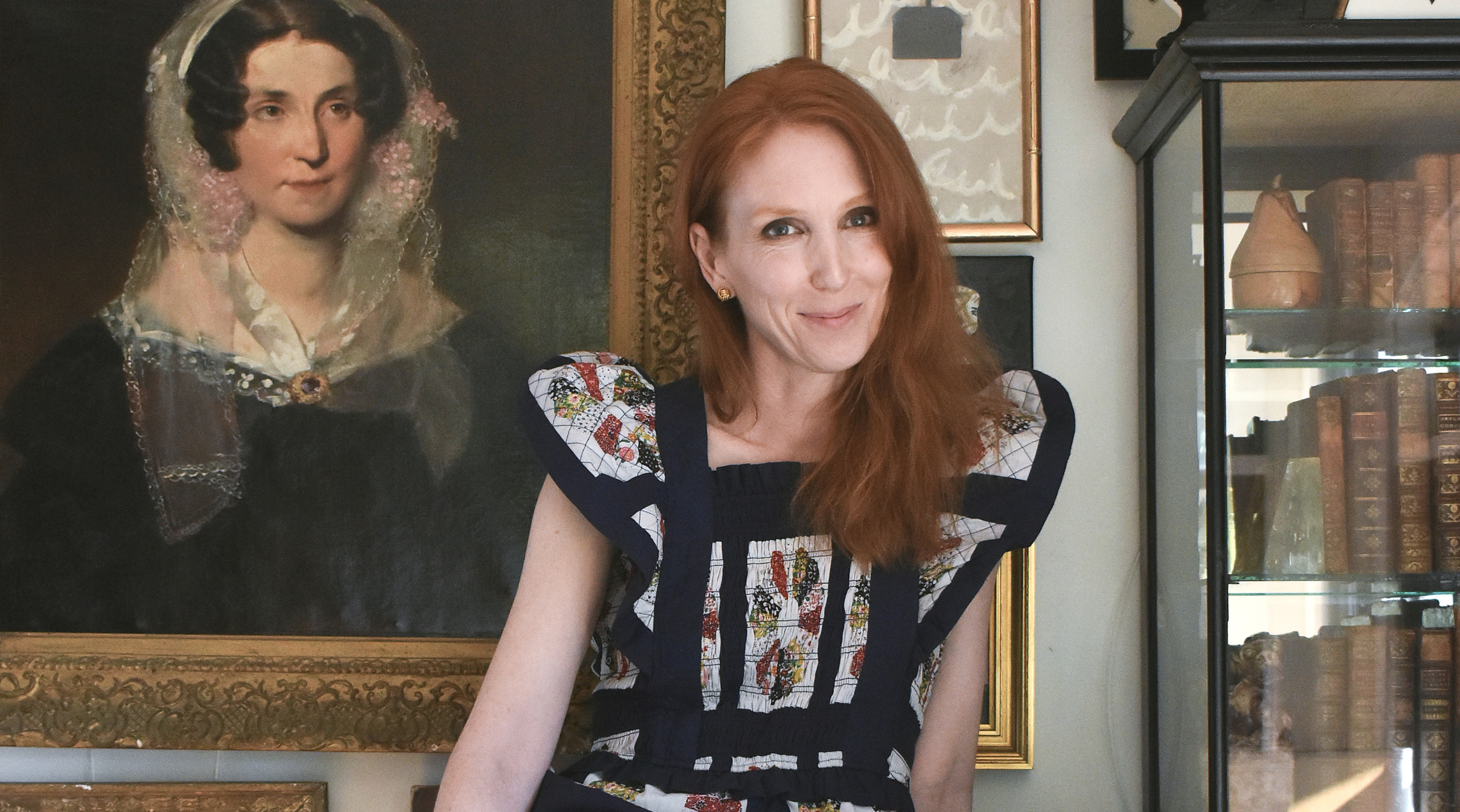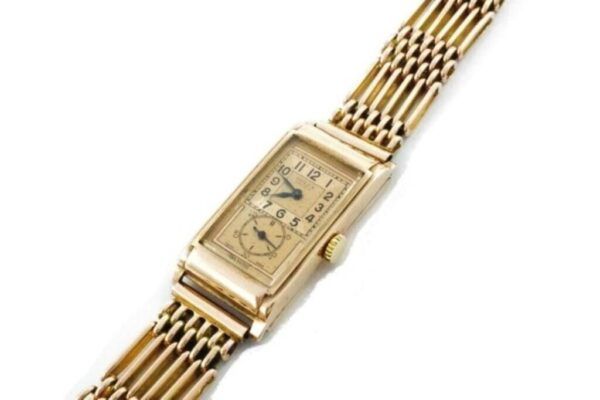#Susannah #Carson #Antiques #Arts #Weekly

Susannah Carson is a self-taught artist with a background in classical literature as an academic, editor, and author. Her Lover’s Eyes and portraits in antique frames and on antique serving ware charm art and antiques lovers alike. Her work has been featured in publications, including Lover’s Eyes: Eye Miniatures From the Skier Collection (2021), and was recently exhibited in the flagship Bergdorf-Goodman’s Artists’ Gallery. Amid relocating and operating her art and antiques business with her husband, Carson corresponded with us via email.
Please share a bit about yourself and your background.
Bookish and artsy from a young age, I’ve always been more at home in past centuries and fictional worlds than in our own. I was raised for two years in the magical little village of Hockwold-cum-Wilton in England, and the rest of the time in the charming hills of the Napa Valley in Northern California, to which I returned to a few years ago after pursuing life and schooling in the more dramatic settings of Paris, Lyon, Cambridge, London, San Francisco, West Hollywood, and New Haven. I spent the greater part of these years racking up degrees in philosophy and literature, including a PhD in French from Yale University. I then authored and edited anthologies of literary criticism with the Random House group on Jane Austen and William Shakespeare.

Lover’s Eye pendants and brooches on vintage porcelain.
When were you first inspired to paint Lover’s Eyes, and then how did you decide to use antique plates as a canvas?
Four years ago, I saw an antique oval frame at an estate sale and it reminded me of the oval settings of the Georgian Lover’s Eye jewelry, but in a larger, more modern scale. Accordingly I wondered if I could paint such an eye for it, which I then did, and which was terrible — but I was determined and I kept trying until I produced something serviceable, and I’ve been painting at such a joyous and furious rate that I’ve been improving every day.
My instincts are collaborative, and I’m unmoved by a blank canvas but delighted to share a project with an antique giltwood frame or Staffordshire platter. I let these found antique objects dictate what they’d like in terms of mood, color, composition, and character of the sitter. The plates are an unusual base, but something about lone dishes and orphaned saucers, with their jewel-like borders, seemed to evoke just the right mood — or variety of moods, as there are so many different borders, from English Imari to Spode botanicals to Burslem lusterware.
I originally learned to paint with watercolor, and as I’ve never been properly trained, I use oils in similar ways, building up colors from white and allowing the natural luminousness of the white ground to shine through. For contrast, eye shadings, skin tones, or backgrounds are usually as dark as possible to contrast with the light and anchor the piece in history. For textures, on platters I frequently use both oils-as-oils and oils-as-watercolors in controlled organic patterns to create an unstudied, but in fact carefully crafted, effect that helps marry the painting with the ceramic setting.
What is it about Lover’s Eyes as a subject that continually inspires you?
Lover’s Eyes were popular from about 1780 until about 1830, and in their original instantiation they were fond little love tokens worn as medieval knights would wear the colors of their loved ones — also like the knights, the loved ones were frequently inaccessible or clandestine. As a result, attempting to figure out the identity of the eyes became a social guessing game, in which the affaires de coeur were at once revealed and concealed. Some, too, were worn in honor of those who had passed, and had a particularly metonymic relationship with the departed. As time passed, especially after the death of Prince Albert and the English national mood became more somber, Lover’s Eyes grew less popular and gradually gave way to the hair jewelry, portraits, and other memento mori of the melancholy Victorians.
Lover’s Eyes are tiny, but I’m drawn to them because they encompass the whole range of emotion from fiery passion to cold despair; they are both art and emotion; they are both portraits and jewelry. Most importantly, they are so direct and unrelenting in their gaze that they revive these lost times and bring the past into the present with startling immediacy. The eyes also have symbolic roots into the primitive essence of the all-seeing eye, the protector eye, and the evil eye — indeed, into the very heart of religion or spirituality, and into the very heart of our relationship with something greater than we are. So, these eyes are miniscule, and yet achieve cosmic resonance.

“Peek-a-boo” portrait plates on Blue Willow transferware.
Do you collect Lover’s Eyes and/or any other kind of art and antiques?
I collect just about everything. It’s an affliction. I have one original Lover’s Eye brooch, and just yesterday I acquired a small antique eye study from England. I haven’t felt the need to collect the originals en masse yet, since I’m focused on eye paintings all day! I do, however, have extensive adjacent collections of Georgian and Victorian jewelry, miniature portraits, life-sized portraits, antique landscapes, and midcentury and contemporary art, not to mention Staffordshire dogs, Qianlong Chinese export porcelain, 1920s fashion, Steiffs, original Oz books, and early French novels, to name a few.
My mother was an antiques dealer — or rather she still is one, as it’s one of the professions that becomes so much a part of one that one can never truly retire from it. She had me pick out the Steiffs when I was still toddling about after her in antiques shops, so I’m afraid I picked up the “eye” at an impressionably young age. When she closed her brick-and-mortar after 23 years, I helped her transfer the business online where we still maintain a presence.
You also paint “portraits” of anonymous gentlemen and ladies: please tell our readers more about those.
At Yale I worked with the great Harold Bloom, who, rather unfashionably for his time, was interested in the complexity and inwardness of characters, and in how we can learn from them and experience a sense of belonging in a world increasingly characterized by alienation and superficiality. We know, and are in important ways known by, the great heroes and heroines of literature in a fashion that’s in many ways more complete and more intimate than our relationships with other people. This is not to dismiss real-world relationships, but to acknowledge that literature creates the space for the experience of otherness that is requisite to true empathy.
The essence of this, I believe, is distilled in antique portraits in which the sitter gazes directly at the viewer across time: watching and being watched; knowing and being known. Whether by the great masters or by anonymous itinerant portraitists, and whether they’re as large as grandiose swagger portraits or as small as miniature portraits— or even as small as miniature Lover’s Eye portraits set in jeweled brooches — these images capture a moment full of life, of connection, and of possibility.
My pieces are typically characterized by a tight crop which focuses our eyes even more intently on the subject’s eyes. This modern composition contrasts with the historical elements and creates what I hope is a warm feeling of belonging, of inquiry, and of otherness, thereby bringing attention to those close relationships that we’re losing at an alarming rate in our disconnected modern society, but that were once — and can be again — the currency of everyday life.

Lover’s Eye in oil on Schumann floral print.
Do you accept portraiture commissions?
I’ve painted commissions in the past, and I adore the idea of reviving the entire concept of the Lover’s Eye from start to finish, including the Georgian jewelry setting and the custom eye portrait inside. I’m always delighted when the painting comes together in the final brushstrokes, and I feel a glowing sense of satisfaction when the client is pleased with the final result. The anxiety leading up to these moments, however, is positively suffocating, as I put myself under enormous pressure to produce the best possible painting — at once accurate and with an old-world, painterly feel. For the time being, I’m therefore taking a break from commissions, to the considerable relief of all around me.
You’re currently relocating your home and studio: what prompted this change?
I got married! The first year my husband and I were together, I spent most of my time up at his turn-of-the-last-century farmhouse in the Oregon prairies; the second year, we had to spend our time commuting due to our respective responsibilities; this year, we’re going to work together and spend most of our time here in the Napa Valley. This house is very small at 570 square feet; my husband has two large dogs; I have one miniature shih-tzu. We work from home and there are, of course, the aforementioned collections. It’s going to be an adventure!
With your artistic career taking off, what’s next on your creative agenda?
I have drawers full of platters, plates, frames, and jewelry settings waiting for attention. I’m working with two galleries, and so I’m about to paint some large-scale portrait pieces for their walls. I’m also about to launch a collection of genuine Victorian Staffordshire spaniels paired with their own portraits, painted in a cheerful, contemporary style. Braiding together art, antiques, and writing, I’m collaborating with my mother on an illustrated guide to antiques. After so many years of wandering from one interest to the next, it’s all coming together at last!
[Editor’s note: for more information, www.susannahcarson.com .]
—Z.G. Burnett




